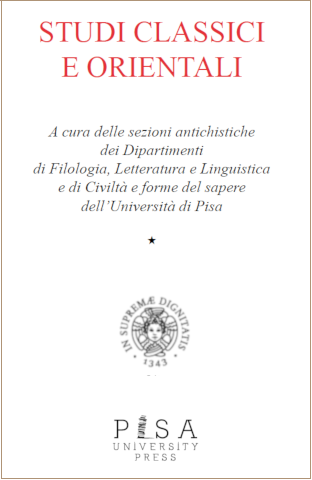L’ACQUEDOTTO ROMANO DI BARCELLONA
Abstract
The water transportation to Barcelona is a central subject for research in Spanish archaeology. The most ancient evidence at our disposal (dating back to the 10th century) were collected by Balary Jovany and by Carreras Candi, who used the remains of the aqueduct as points of reference in their topographical descriptions. The surviving structures consist of the bases of two parallel pillars, realized with stone from Montjuich and blocks of limestone, above which it is still possible to see the long quadrangular channel where the water flowed. Further archaeological remains have been brought to light during the excavations in 'plaça del Rey', namely lead pipes, consisting of a lead plate folded up bent in a tubular form. In 'carrer de Duran i Bas' the collapse of an ancient house in 1988 revealed a 20 meters long pipeline of the Roman period, which is in alignment with the same aqueduct whose remains can be seen in 'plaça Nova'. All these elements suggest, in contrast with the current scholarly opinion, the existence of two itineraries for the transportation of the water and two distinct pipelines for the water supply: the first one (corresponding to the plinth of arc and the arcade under the House of Arcediano) goes through the 'calle dels Arcs' as far as the 'Sant Genis dels Agudells'; the second one (corresponding to the restored arc and whose remains can be seen inside the House of Arcediano) goes from the river Besòs, whose water supplied the acqueduct at the height of Moncada, to the 'calle dels Capellans'.


